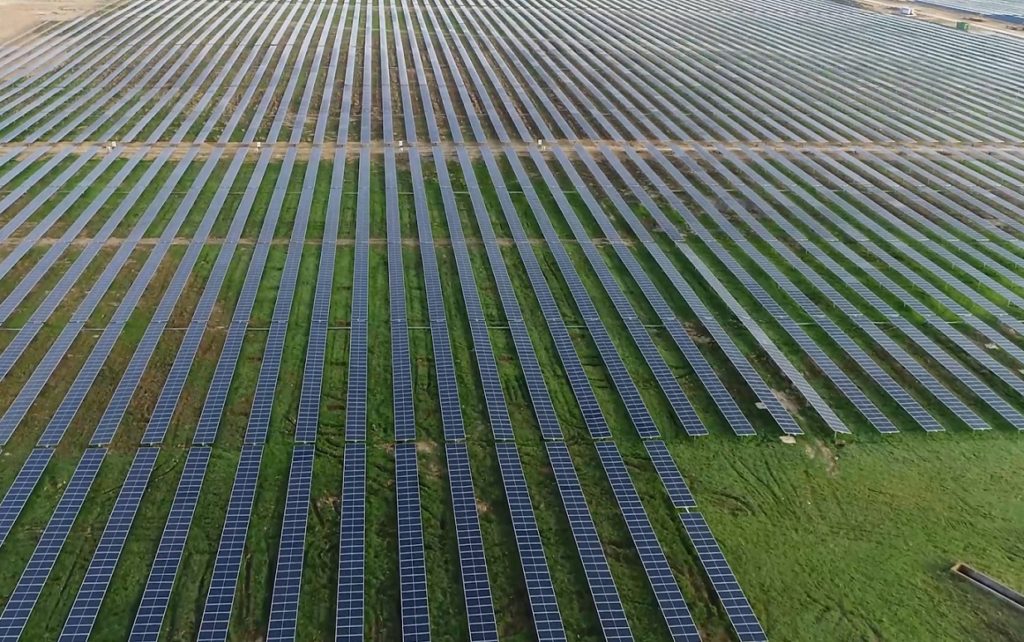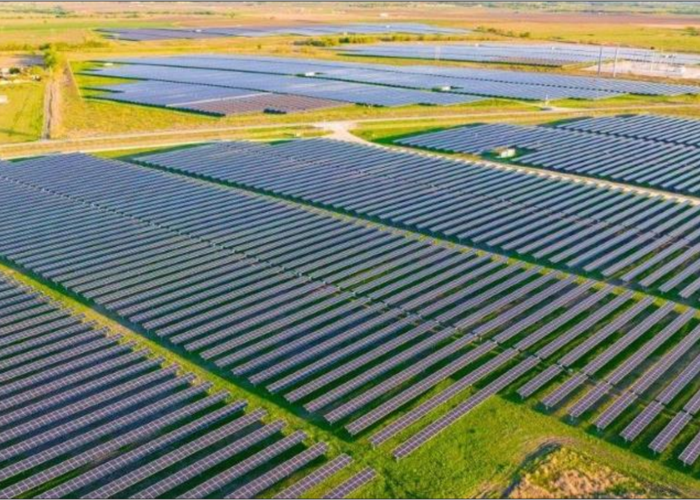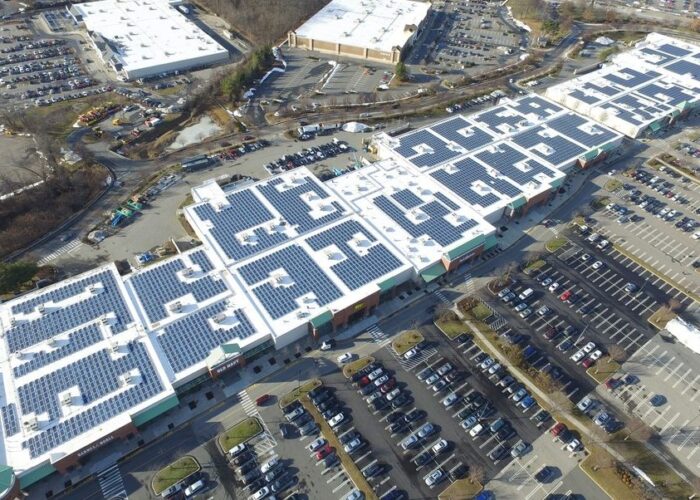
Global solar energy investment will surpass oil for the first time in 2023 as PV leads the charge in a projected 24% increase in clean energy investment compared with 2021.
According to the International Energy Agency’s (IEA) World Energy Investment 2023 report, clean energy investments are forecast to exceed US$1.7 trillion this year, 1.7X the amount expected to go towards fossil fuels. The IEA said that for every US$1 spent on fossil fuels, US$1.7 is spent on renewables; 5 years ago this ratio was 1:1.
Try Premium for just $1
- Full premium access for the first month at only $1
- Converts to an annual rate after 30 days unless cancelled
- Cancel anytime during the trial period
Premium Benefits
- Expert industry analysis and interviews
- Digital access to PV Tech Power journal
- Exclusive event discounts
Or get the full Premium subscription right away
Or continue reading this article for free
Unsurprisingly, this increase has been driven by the COVID-19 pandemic, the effects of the Russian war in Ukraine and the ensuing energy crisis. Whilst a global scramble for oil and gas supply has taken place following the war (oil and gas expenditure is expected to rise by 7% back to 2019 levels this year) the more profound effect has been the global push for clean energy deployments and energy independence.
Policy decisions like the US’ Inflation Reduction Act (IRA), Europe’s Green Deal Industrial Plan and REPowerEU plans and similar projects in India, China and Japan also spurred spending.
Almost 90% of investment in power generation is expected to go towards low-emissions electricity technologies in 2023, including solar, electric vehicles, storage, wind, etc.
Sean Rai-Roche, policy advisor on the Fossil Fuel Transition team at climate change think tank E3G, said: “This report shows how solar is now the undisputed king of the energy sector and the clearest path to reaching net zero. This year, for the first time ever, solar PV will attract more investment than oil, while investment in renewables will reach an all-time high of $1.7 trillion. Now, for every $1 invested in fossil fuels, $1.7 is being invested in clean energy, although this needs to rise to a 9:1 ratio under net zero scenarios.”
The IEA said that the uptick in unabated fossil fuel investment in 2023 is expected to far exceed the necessary levels outlined in its Net Zero 2050 projected scenario. 2022 was a remarkably profitable year for many large fossil fuel companies as power prices rose, but the IEA report says that the majority of the profits have been turned to ensuring returns, share buybacks and debt repayments rather than increased production capacities.
The largest fossil fuel companies’ capital expenditure into low carbon technologies represented less than 5% of spending in 2022.
Dave Jones, head of data insights at energy analyst Ember, said: “This crowns solar as a true energy superpower. It is emerging as the biggest tool we have for rapid decarbonisation of the entire economy, especially as solar is increasingly used to power cars in place of oil. The irony remains that some of the sunniest places in the world have the lowest levels of solar investment, and this is a problem that needs attention.”
Overwhelmingly, the investment in clean energy technologies is concentrated in certain developed regions. Chief among these, by far, is China. The IEA report press release said that this divide presents “a serious risk of new dividing lines in global energy if clean energy transitions don’t pick up elsewhere.” The top three investors are China, the EU and the US; the investment in these countries exceeds the entire rest of the world.
PV export revenue from China last year rose 64% to US$52 billion and module export capacity rose 42% to 154GW.
Weak grid infrastructure is one of the most severe barriers to renewables deployment in developing and emerging economies, alongside poorly-financed utilities, high cost of capital and unclear policy frameworks. For a true transition and energy security, the report said that – despite the promising trend – more needs to be done to balance the investment into clean energy across the globe.






